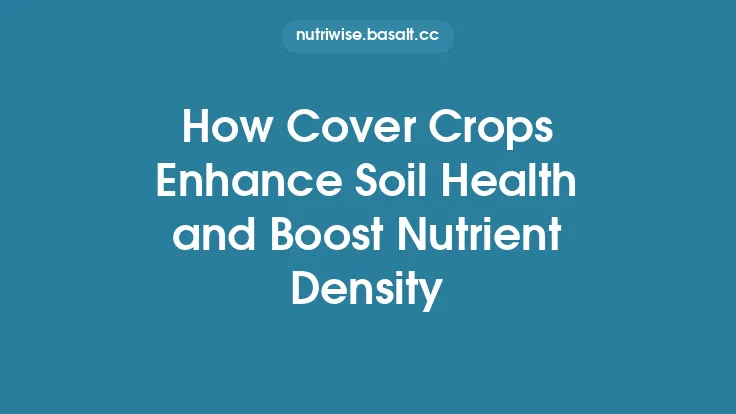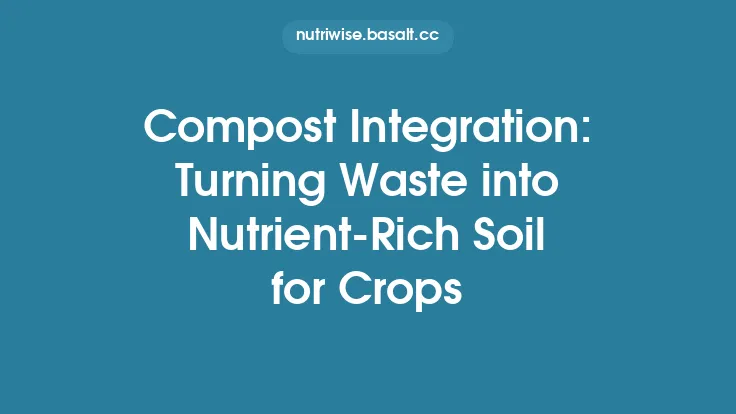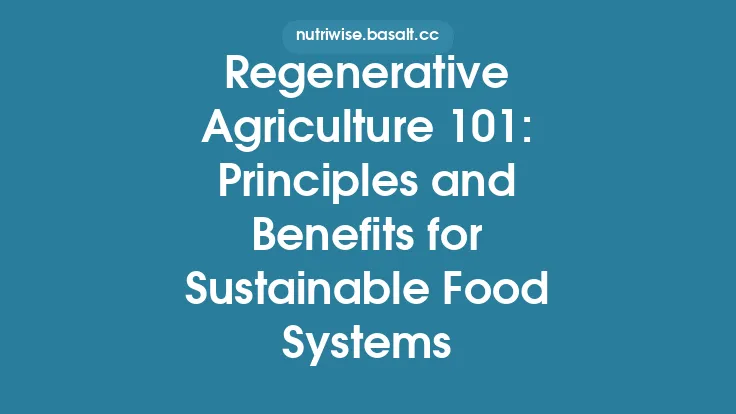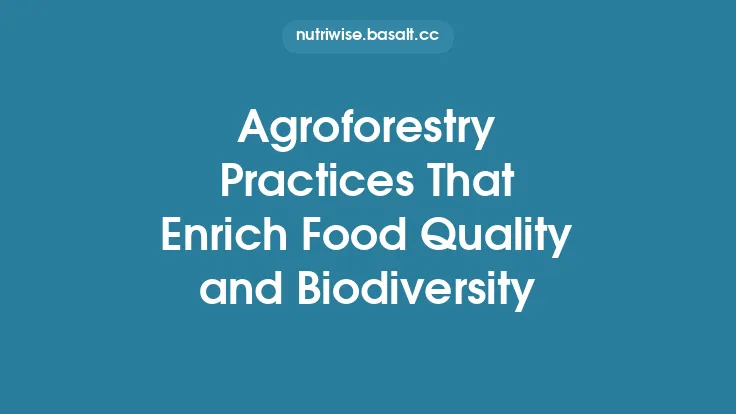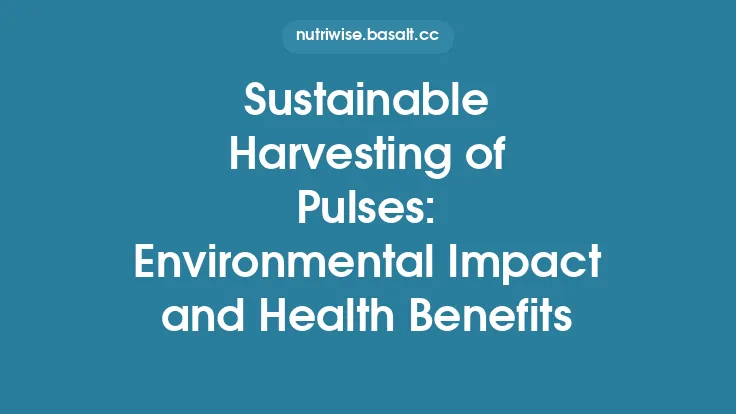Perennial crops are increasingly recognized as a cornerstone of regenerative agriculture because they combine the promise of continuous harvests with the ability to protect and improve the soil over the long term. Unlike annuals, which must be replanted each year, perennials develop deep, persistent root systems that remain in the ground season after season. This biological continuity translates into a suite of agronomic, ecological, and economic benefits that align closely with the goals of sustainable and ethical food production. Below is a comprehensive guide to integrating perennial crops into a regenerative farm, with a focus on maintaining harvest flow while enhancing soil stability.
Why Perennial Crops Matter in Regenerative Systems
1. Continuous Ground Cover
Perennial plants keep the soil covered for most of the year, reducing exposure to wind and rain erosion. The foliage and litter that fall from the canopy create a protective mulch layer, which moderates temperature fluctuations and conserves moisture.
2. Deep, Extensive Root Networks
Root systems of perennials can reach several meters deep, accessing water and nutrients beyond the reach of most annual crops. These roots also create channels that improve soil porosity, allowing better infiltration and drainage.
3. Soil Organic Matter Accumulation
Because perennials are not tilled out each season, the carbon they allocate belowground remains in the soil longer. Over time, this leads to higher levels of stable organic matter, which improves aggregate stability and nutrient-holding capacity.
4. Reduced Input Requirements
With a stable root environment, perennials often need fewer synthetic fertilizers and pesticides. Their natural resilience to pests and diseases, coupled with the ability to draw nutrients from deeper soil layers, lessens the reliance on external inputs.
5. Biodiversity and Habitat Creation
Perennial stands provide habitat for beneficial insects, earthworms, and soil microbes. These organisms contribute to pest regulation, nutrient cycling, and overall ecosystem health.
Key Perennial Species for Continuous Harvests
| Crop Category | Representative Species | Harvest Window | Primary Use |
|---|---|---|---|
| Cereal Grains | *Thinopyrum intermedium (intermediate wheatgrass), Panicum virgatum* (switchgrass) | Late summer to early fall | Whole grain, flour, animal feed |
| Legumes | *Perennial soybean (Glycine soja), Aeschynomene americana* | Mid‑summer to early winter | Protein‑rich beans, fodder |
| Root Vegetables | *Rutabaga (Brassica napus var. napobrassica), Perennial carrots (Daucus carota subsp. sativus*) | Spring to fall | Direct consumption, processing |
| Leafy Greens | *Perennial kale (Brassica oleracea var. acephala), Mache (Valerianella locusta*) | Early spring to late autumn | Fresh market, salad mixes |
| Fruit & Nut | *Hazelnut (Corylus avellana), Pawpaw (Asimina triloba*) | Late summer to early winter | Fresh fruit, processing |
| Oilseed | *Perennial sunflower (Helianthus tuberosus), Safflower (Carthamus tinctorius*) | Late summer | Oil extraction, meal |
When selecting species, consider climate compatibility, soil type, and market demand. Many perennials are still in breeding phases; partnering with research institutions can provide access to the latest cultivars.
Designing Perennial Polycultures for Year‑Round Production
1. Temporal Staggering
Arrange species so that their peak harvest periods do not overlap completely. For example, plant early‑season leafy greens alongside mid‑season root crops and late‑season grain perennials. This creates a “harvest ladder” that smooths cash flow and labor demands.
2. Spatial Intercropping
Combine crops with complementary root depths and canopy structures. A shallow‑rooted leafy green can be interplanted with a deep‑rooted grain, allowing both to access different soil strata without direct competition.
3. Functional Guilds
Group plants by the ecosystem services they provide:
- Soil‑building guild: Deep‑rooted legumes and grasses that add organic matter.
- Pest‑suppressing guild: Aromatic herbs (e.g., perennial thyme) that deter insects.
- Pollinator guild: Flowering perennials that attract bees and butterflies, indirectly supporting fruit set in nearby crops.
4. Buffer Zones
Use perennials as living buffers along field edges or waterways. Their root systems stabilize banks, while the aboveground biomass can be harvested for secondary markets (e.g., cut foliage, ornamental use).
Soil Stability Mechanisms Provided by Perennials
Root‑Induced Aggregate Formation
Root exudates stimulate microbial production of glomalin and other binding agents, cementing soil particles into stable aggregates. These aggregates resist disintegration under mechanical stress and improve water infiltration.
Bioturbation
Perennial roots create biopores that persist for years, allowing water and air to move deeper into the profile. Earthworms and other macro‑fauna use these channels, further enhancing soil structure.
Carbon Allocation
A significant portion of photosynthate in perennials is directed belowground. This carbon becomes part of the soil organic matrix, increasing bulk density in a beneficial way that resists compaction.
Mycorrhizal Networks
Perennial plants often form extensive arbuscular mycorrhizal associations. These fungal hyphae extend the effective root surface area, binding soil particles and improving nutrient uptake efficiency.
Integrating Perennials into Existing Farm Layouts
1. Transition Strips
Begin by converting a narrow strip (e.g., 5–10 % of total acreage) to perennials. This “pilot zone” serves as a learning ground and demonstrates the benefits to stakeholders.
2. Rotational Replacement
Identify low‑performing annual rotations and replace them with perennial stands. Because perennials do not require annual replanting, the labor saved can be redirected to other farm tasks.
3. Edge‑to‑Edge Conversion
Utilize field margins, hedgerows, and previously fallow land for perennial planting. These areas often have lower input costs and can become productive without disrupting main cash crops.
4. Mechanization Compatibility
Select perennial varieties that are compatible with existing equipment. For instance, low‑height grain perennials can be harvested with combine harvesters, while taller, bushy species may require specialized cutting tools.
Management Practices for Perennial Success
| Practice | Description | Timing |
|---|---|---|
| Site Preparation | Minimal disturbance; incorporate a light mulch layer to suppress weeds before planting. | Pre‑plant |
| Planting Density | Follow cultivar‑specific recommendations; denser planting can increase ground cover but may reduce individual plant vigor. | Planting |
| Weed Management | Use mechanical mowing or targeted herbicide strips only during early establishment; later, the dense canopy suppresses most weeds. | Early years |
| Nutrient Monitoring | Conduct soil tests every 2–3 years; supplement with organic amendments only if deficiencies are identified. | Ongoing |
| Pruning & Harvest Scheduling | For leafy and fruiting perennials, stagger cuts to avoid over‑removal of photosynthetic tissue. | Seasonal |
| Pest Surveillance | Monitor for specialist pests; encourage natural predators through habitat diversification. | Continuous |
| Renewal & Rejuvenation | After 8–12 years, consider partial rejuvenation (e.g., cutting back to ground level) to stimulate new growth. | Decadal |
Economic and Market Considerations
- Diversified Revenue Streams: Perennial systems can generate multiple products (grain, greens, nuts, biomass) from the same land base, reducing market risk.
- Premium Pricing: Many consumers are willing to pay a premium for products marketed as “perennial‑grown” or “soil‑restorative.”
- Reduced Input Costs: Savings on seed, tillage, and fertilizer can offset the higher initial establishment costs of perennials.
- Long‑Term Asset Value: Improved soil health enhances land value and can be leveraged for financing or carbon‑credit programs (while staying clear of the specific certification discussion).
Monitoring and Adaptive Management
Soil Health Indicators
Track bulk density, aggregate stability, and organic carbon content. Portable penetrometers and field‑based aggregate tests provide quick feedback.
Plant Performance Metrics
Measure stand density, leaf area index, and yield per unit area annually. Deviations from expected trends can signal nutrient imbalances or pest pressure.
Ecosystem Service Audits
Quantify pollinator visitation rates, earthworm counts, and mycorrhizal colonization percentages. These metrics help gauge the broader ecological impact of the perennial system.
Data‑Driven Adjustments
Use a simple decision matrix: if soil organic carbon increases < 0.2 % per year, consider supplemental organic amendments; if pest thresholds exceed economic injury levels, integrate targeted biological controls.
Future Directions and Research Gaps
- Breeding for Multi‑Harvest Perennials: Developing cultivars that can be harvested multiple times per season without compromising longevity.
- Integrating Perennial Grains into Large‑Scale Supply Chains: Addressing post‑harvest handling, storage, and processing challenges unique to perennial grain morphology.
- Quantifying Soil‑Stability Benefits at Landscape Scale: Long‑term studies that link root architecture to erosion control across varied topographies.
- Economic Modeling of Perennial Transition Pathways: Tools that help farmers evaluate the financial trajectory of moving from annual to perennial dominance.
By thoughtfully selecting perennial species, designing polycultural layouts that smooth harvest timing, and applying management practices that nurture deep root systems, farmers can achieve a resilient production system that delivers continuous yields while safeguarding the soil. The integration of perennials thus embodies a practical, science‑backed pathway toward truly regenerative agriculture—one that honors both the planet’s health and the ethical imperatives of sustainable food production.
